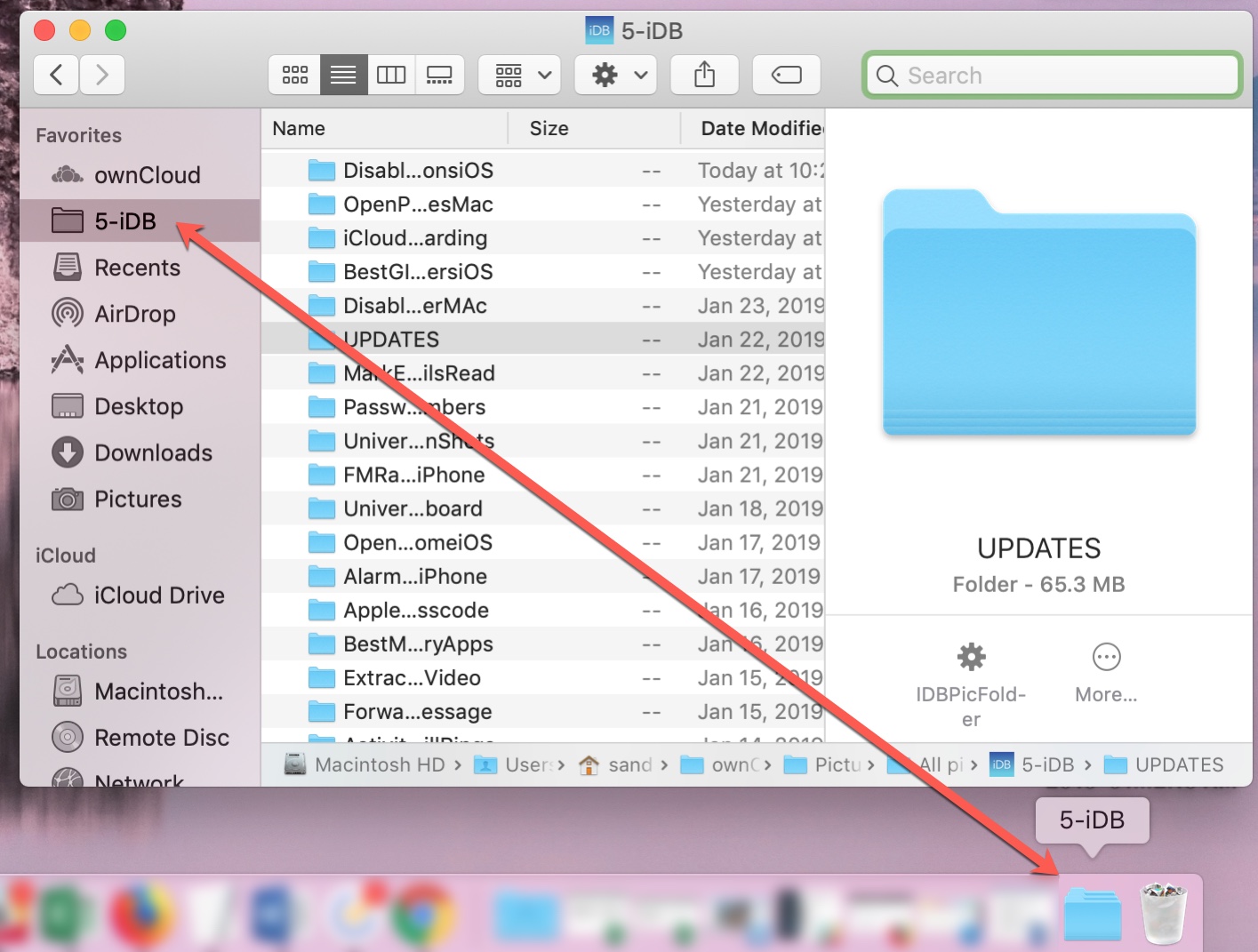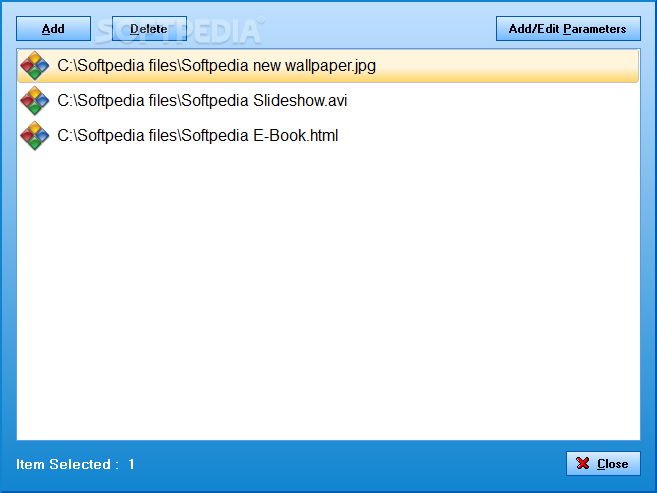Click the switch to toggle it to the 'On' position. On the resulting pop-up, click Install to download and install the extension. At this point, Firefox can be closed. The dock will display on the left side of the screen. How find downloads on your Mac in the dock Those icons at the bottom of your screen – the ones that give quick access to programs – comprise the dock, and in that dock is a quick link to your.
Your Apple Watch carries a dock that can be used to access the apps quickly. If you have used the Dock on your Mac, iPhone, or iPad, you can also use the Dock on Apple Watch to switch or access the apps. Whether you use Apple Watch frequently or not, the Dock can be a timesaver. Best removable hard drive. Here's how to use the Dock on Apple Watch.
What exactly is the Dock? The Dock can display either your most recent apps or a collection of your favorites depending on your preference. The most recent app that you have used will appear as the first app on the Dock.
You can quickly open your favorite apps or go from one app to another. To get the most out of the Dock on your Apple Watch, you will need to add the apps to your Dock, and in this guide, we will show you how to use the Dock and how to add your favorite apps to it, follow these steps below.
How to use the Dock on Apple Watch
- To open any app from the Dock, press the side button.
- Swipe up or down or turn the Digital Crown.
- Tap to open an app.
- If you swipe to the bottom, you can tap All Apps to go to the Home screen.
- To close the Dock, press the side button.
How to add apps to the Dock on Apple Watch
- Open the Apple Watch app on your iPhone.
- Tap the My Watch tab, then tap Dock.
- Tap Recents or Favorites.
- Make sure that Favorites is selected.
- Tap Edit and use the (+ or -) signs to add or remove the apps. You can add up to 10 apps. To rearrange apps, tap and hold the three lines next to an app, then drag up or down.
- Tap Done to save your changes.
To remove an app from the Dock, open the Dock, go to an app, then swipe left, and then tap on the X button. You can remove apps from the Dock whether you arrange by Recents or Favorites.
That was it. Want more Apple Watch guides and tutorials? Take a look at them below.
Don't forget to check out more stuff – Tutorials, guides, tips, tricks, hidden features for iPhone, Android, Windows, and Mac. To get updates on the latest tech news, smartphones, and gadgets, follow us on our social media profiles.
Instagram | Facebook | Twitter | Youtube
Estimated reading time: 6 minutes
Docker Desktop for Windows is the Community version of Docker for Microsoft Windows.You can download Docker Desktop for Windows from Docker Hub.
This page contains information on installing Docker Desktop on Windows 10 Pro, Enterprise, and Education. If you are looking for information about installing Docker Desktop on Windows 10 Home, see Install Docker Desktop on Windows Home.
By downloading Docker Desktop, you agree to the terms of the Docker Software End User License Agreement and the Docker Data Processing Agreement.
What to know before you install
System Requirements
Windows 10 64-bit: Pro, Enterprise, or Education (Build 16299 or later).
Winrar 64 windows 8 free download. For Windows 10 Home, see Install Docker Desktop on Windows Home.
- Hyper-V and Containers Windows features must be enabled.
The following hardware prerequisites are required to successfully run ClientHyper-V on Windows 10:
- 64 bit processor with Second Level Address Translation (SLAT)
- 4GB system RAM
- BIOS-level hardware virtualization support must be enabled in theBIOS settings. For more information, seeVirtualization.
Note: Docker supports Docker Desktop on Windows based on Microsoft's support lifecycle for Windows 10 operating system. For more information, see the Windows lifecycle fact sheet.
What's included in the installer
The Docker Desktop installation includes Docker Engine,Docker CLI client, Docker Compose,Notary,Kubernetes,and Credential Helper.
Containers and images created with Docker Desktop are shared between alluser accounts on machines where it is installed. This is because all Windowsaccounts use the same VM to build and run containers. Note that it is not possible to share containers and images between user accounts when using the Docker Desktop WSL 2 backend.
Nested virtualization scenarios, such as running Docker Desktop on aVMWare or Parallels instance might work, but there are no guarantees. Formore information, see Running Docker Desktop in nested virtualization scenarios.
About Windows containers
Looking for information on using Windows containers?
- Switch between Windows and Linux containersdescribes how you can toggle between Linux and Windows containers in Docker Desktop and points you to the tutorial mentioned above.
- Getting Started with Windows Containers (Lab)provides a tutorial on how to set up and run Windows containers on Windows 10, Windows Server 2016 and Windows Server 2019. It shows you how to use a MusicStore applicationwith Windows containers.
- Docker Container Platform for Windows articles and blogposts on the Docker website.
Install Docker Desktop on Windows
Double-click Docker Desktop Installer.exe to run the installer.
If you haven't already downloaded the installer (
Docker Desktop Installer.exe), you can get it from Docker Hub. It typically downloads to yourDownloadsfolder, or you can run it from the recent downloads bar at the bottom of your web browser.When prompted, ensure the Enable Hyper-V Windows Features option is selected on the Configuration page.
Follow the instructions on the installation wizard to authorize the installer and proceed with the install.
When the installation is successful, click Close to complete the installation process.
If your admin account is different to your user account, you must add the user to the docker-users group. Run Computer Management as an administrator and navigate to Local Users and Groups > Groups > docker-users. Right-click to add the user to the group.Log out and log back in for the changes to take effect.
Macbook Add Downloads To Dock
Start Docker Desktop
Docker Desktop does not start automatically after installation. To start Docker Desktop, search for Docker, and select Docker Desktop in the search results.
When the whale icon in the status bar stays steady, Docker Desktop is up-and-running, and is accessible from any terminal window.

If the whale icon is hidden in the Notifications area, click the up arrow on thetaskbar to show it. To learn more, see Docker Settings.
When the initialization is complete, Docker Desktop launches the onboarding tutorial. The tutorial includes a simple exercise to build an example Docker image, run it as a container, push and save the image to Docker Hub.
Congratulations! You are now successfully running Docker Desktop on Windows.
If you would like to rerun the tutorial, go to the Docker Desktop menu and select Learn.
Automatic updates
Starting with Docker Desktop 3.0.0, updates to Docker Desktop will be available automatically as delta updates from the previous version.
When an update is available, Docker Desktop automatically downloads it to your machine and displays an icon to indicate the availability of a newer version. All you need to do now is to click Update and restart from the Docker menu. This installs the latest update and restarts Docker Desktop for the changes to take effect.
Uninstall Docker Desktop
To uninstall Docker Desktop from your Windows machine:
- From the Windows Start menu, select Settings > Apps > Apps & features.
- Select Docker Desktop from the Apps & features list and then select Uninstall.
- Click Uninstall to confirm your selection.
Note: Uninstalling Docker Desktop will destroy Docker containers and images local to the machine and remove the files generated by the application.

If the whale icon is hidden in the Notifications area, click the up arrow on thetaskbar to show it. To learn more, see Docker Settings.
When the initialization is complete, Docker Desktop launches the onboarding tutorial. The tutorial includes a simple exercise to build an example Docker image, run it as a container, push and save the image to Docker Hub.
Congratulations! You are now successfully running Docker Desktop on Windows.
If you would like to rerun the tutorial, go to the Docker Desktop menu and select Learn.
Automatic updates
Starting with Docker Desktop 3.0.0, updates to Docker Desktop will be available automatically as delta updates from the previous version.
When an update is available, Docker Desktop automatically downloads it to your machine and displays an icon to indicate the availability of a newer version. All you need to do now is to click Update and restart from the Docker menu. This installs the latest update and restarts Docker Desktop for the changes to take effect.
Uninstall Docker Desktop
To uninstall Docker Desktop from your Windows machine:
- From the Windows Start menu, select Settings > Apps > Apps & features.
- Select Docker Desktop from the Apps & features list and then select Uninstall.
- Click Uninstall to confirm your selection.
Note: Uninstalling Docker Desktop will destroy Docker containers and images local to the machine and remove the files generated by the application.
Add Downloads To Dock On Mac
Save and restore data
You can use the following procedure to save and restore images and container data. For example, if you want to reset your VM disk: Phone data transfer tool.
Use
docker save -o images.tar image1 [image2 .]to save any images you want to keep. See save in the Docker Engine command line reference.Use
docker export -o myContainner1.tar container1to export containers you want to keep. See export in the Docker Engine command line reference.Uninstall the current version of Docker Desktop and install a different version, or reset your VM disk.
Use
docker load -i images.tarto reload previously saved images. See load in the Docker Engine.Use
docker import -i myContainer1.tarto create a file system image corresponding to the previously exported containers. See import in the Docker Engine.
For information on how to back up and restore data volumes, see Backup, restore, or migrate data volumes. Adobe premiere pro cs5 free download for mac.
Where to go next
- Getting started introduces Docker Desktop for Windows.
- Get started with Docker is a tutorial that teaches you how todeploy a multi-service stack.
- Troubleshooting describes common problems, workarounds, andhow to get support.
- FAQs provides answers to frequently asked questions.
- Release notes lists component updates, new features, and improvements associated with Docker Desktop releases.
